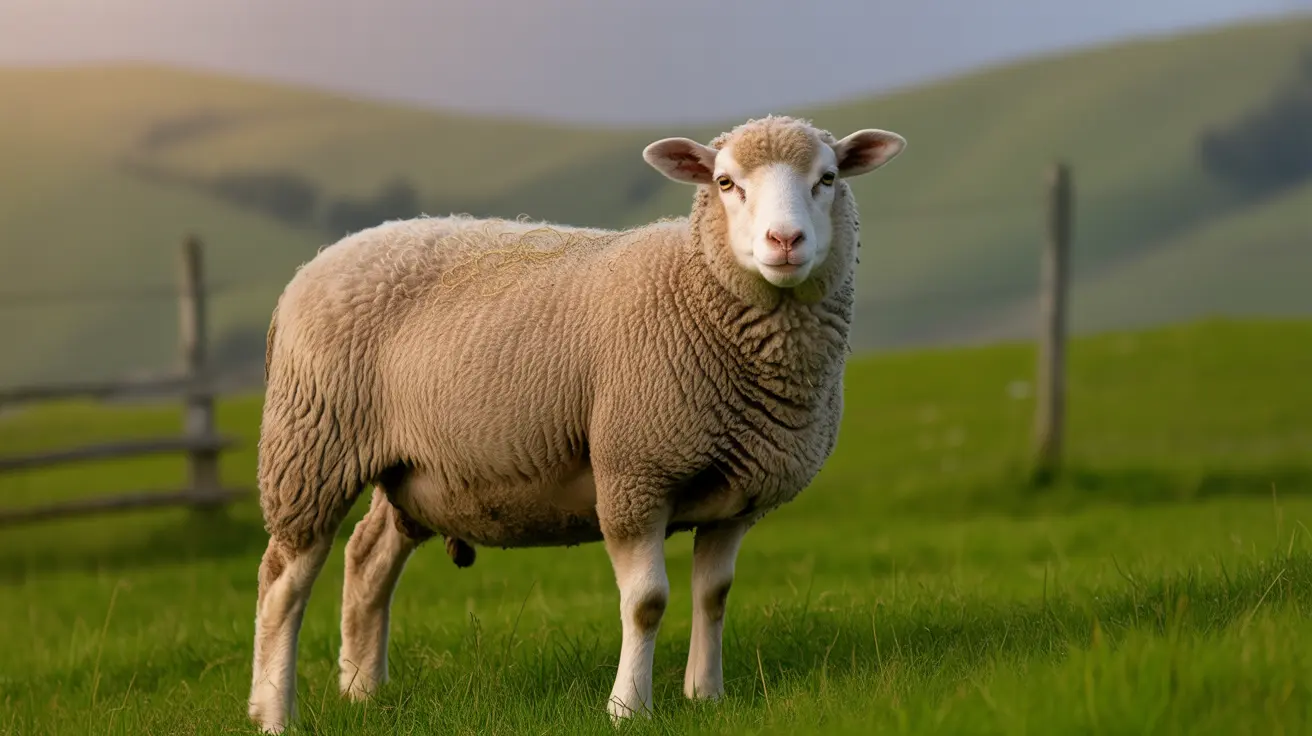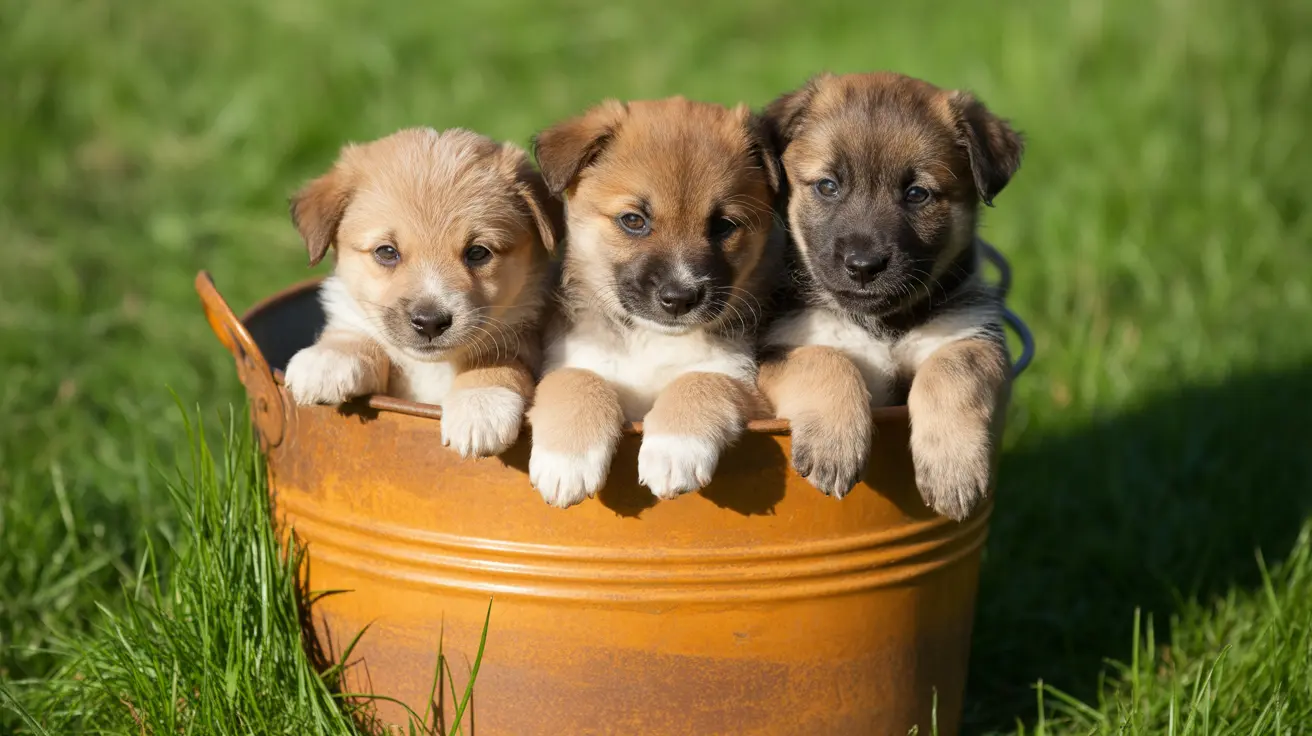Can Dogs Eat Fried Rice? What Every Dog Owner Should Know
When your dog looks up at you with those big, pleading eyes while you're enjoying a bowl of fried rice, it's tempting to share. But before you do, let's get into what the experts say about dogs and fried rice.
Why Plain Rice Is Safe for Dogs
Dogs can safely eat plain, fully cooked rice. It's a common ingredient in both commercial dog food and homemade diets because it's easy on their stomachs and provides a quick energy boost. Veterinarians often recommend plain boiled white rice for dogs recovering from digestive issues like diarrhea or vomiting—it’s bland, gentle, and non-toxic when served in moderation.
- White rice is low in fiber and easy to digest—perfect for sensitive stomachs.
- Brown rice has more fiber and nutrients but can be harder for dogs to digest (especially during tummy troubles).
- Basmati and jasmine are safe long-grain white rices if served plain.
Rice is naturally low in fat and sodium. It also offers B vitamins, iron, magnesium, and quick carbohydrates for energy. However, it's not a complete food—dogs need protein, healthy fats, and other nutrients too.
The Dangers of Fried Rice for Dogs
Here's where things get risky: fried rice is not safe for dogs. Most recipes include ingredients that can harm your pet:
- Oils and fats (from frying) can cause digestive upset or even pancreatitis.
- Soy sauce adds high levels of sodium—dangerous for canine kidneys.
- Garlic and onion (common in fried rice) are toxic to dogs—even small amounts damage red blood cells.
- Spices and sauces can irritate your dog's digestive system or cause poisoning.
If your dog eats restaurant or takeout fried rice by accident—especially if it contains garlic, onion, or lots of soy sauce—watch closely for symptoms like vomiting, diarrhea, weakness, excessive thirst, pale gums, or lethargy. If any appear (or you know they've eaten something toxic), call your vet right away.
How Much Plain Rice Can Dogs Have?
If you're thinking about giving your dog some plain cooked rice as an occasional treat or bland meal supplement:
- Extra-small (2–20 lbs): 1–2 tablespoons per meal
- Small (21–30 lbs): 2–3 tablespoons per meal
- Medium (31–50 lbs): 1/4 cup per meal
- Large (51–90 lbs): 1/3 cup per meal
- Extra-large (91+ lbs): 1/2 cup per meal
Rice should never make up more than 10% of your dog's daily calories. Treats—including rice—should only be given a couple times a week unless your vet says otherwise. Too much can lead to weight gain or blood sugar spikes (especially risky for diabetic or overweight dogs).
A Dog-Friendly "Fried Rice" Recipe
If you want to make something special that mimics fried rice but is safe for your pup:
- Cook white or brown rice without salt or seasoning.
- Add plain cooked lean protein like ground turkey or chicken.
- Toss in some dog-safe vegetables: peas, carrots, sweet potatoes work well.
- You can scramble in eggs if desired—all ingredients must be fully cooked and unseasoned.
A sample recipe: mix together three cups of cold cooked long-grain white rice (refrigerated overnight), quarter pound lean ground turkey (browned), two large eggs (scrambled), half a cup of mixed vegetables (peas/carrots). Let everything cool before serving small portions. Avoid any spices or sauces!
Bland Diets & Long-Term Nutrition
Rice works best as an occasional supplement—not a staple. While it's gentle on the stomach during illness recovery or as part of a bland diet plan with lean proteins like chicken/turkey, it doesn't provide all the nutrients dogs need. For long-term feeding plans involving home-cooked meals with rice as an ingredient, always consult your veterinarian to ensure balanced nutrition.
Toxic Ingredients to Watch Out For
- Onion & Garlic: Both are highly toxic; even tiny amounts can cause anemia.
- Soy Sauce: High sodium content stresses kidneys; risk of salt poisoning.
- Certain Vegetables: Avoid anything not specifically dog-safe; check each before adding.
The Bottom Line
Your dog can enjoy plain cooked white or brown rice now and then—but skip the fried version entirely. Fried rice's oils, seasonings, garlic/onion content, and sauces pose serious health risks. If you're ever unsure about what foods are safe for your pet—or if they eat something questionable—reach out to your veterinarian immediately. Prioritize variety in their diet with plenty of protein and essential nutrients alongside any grains you offer!





